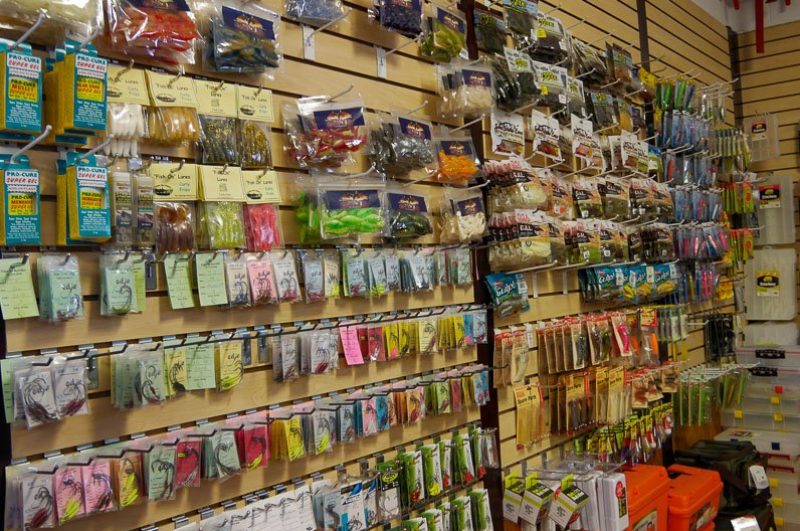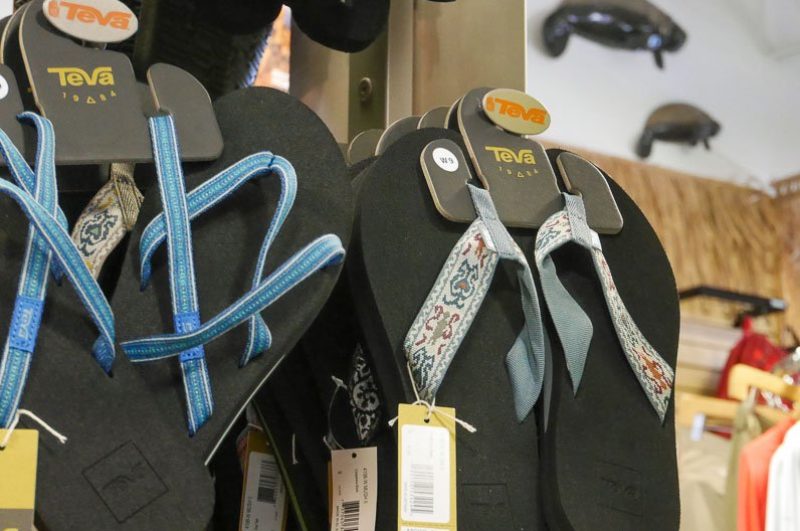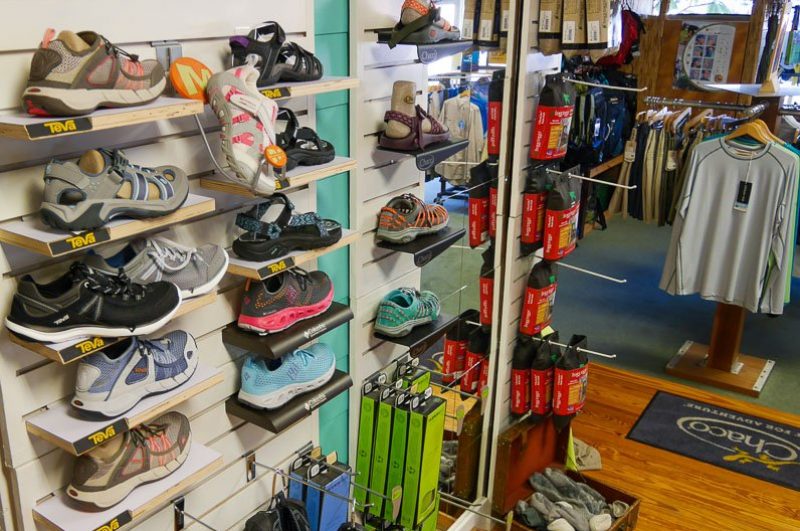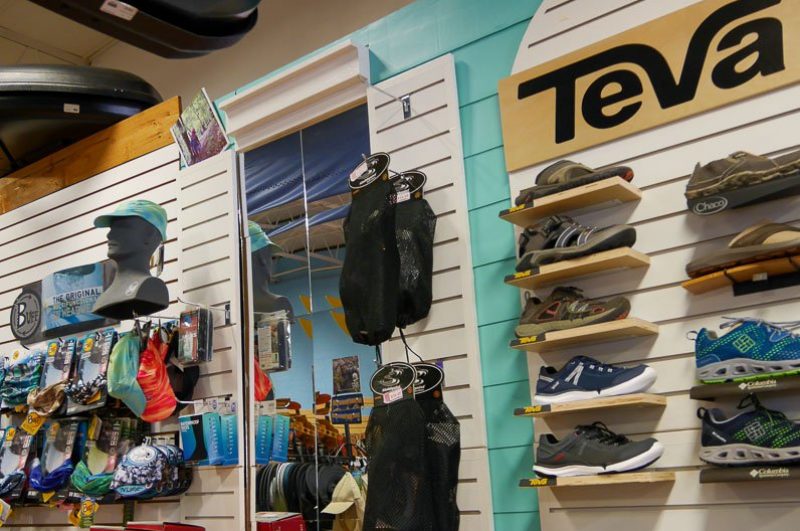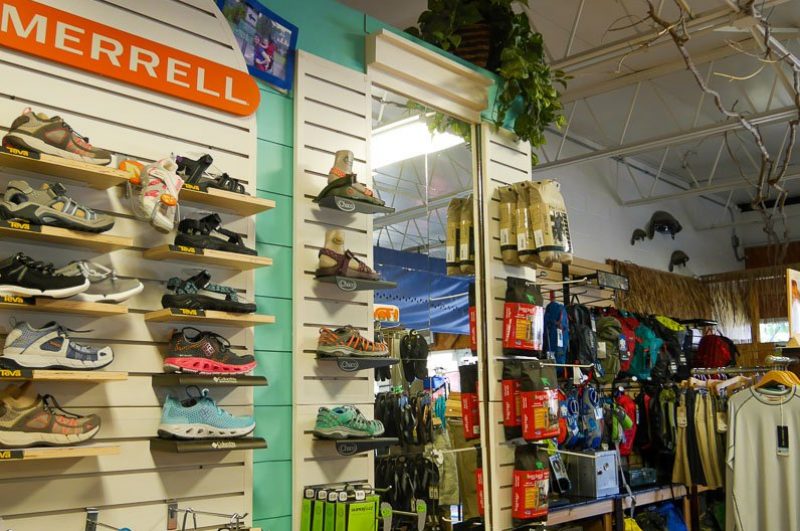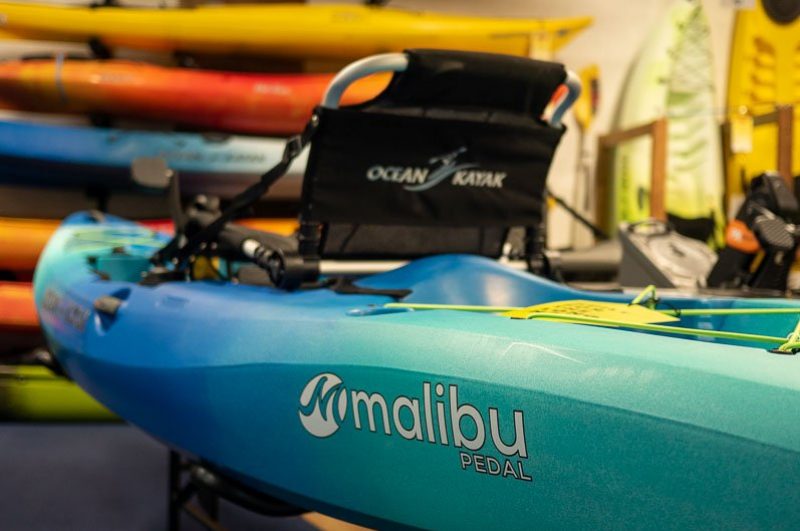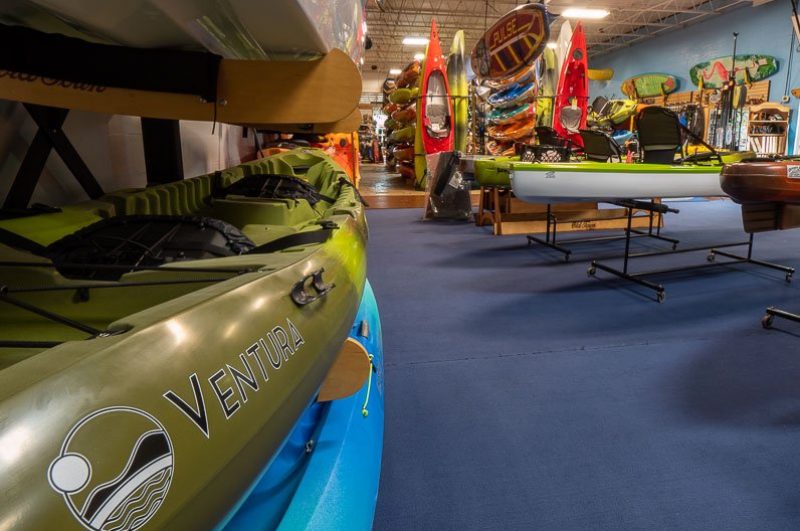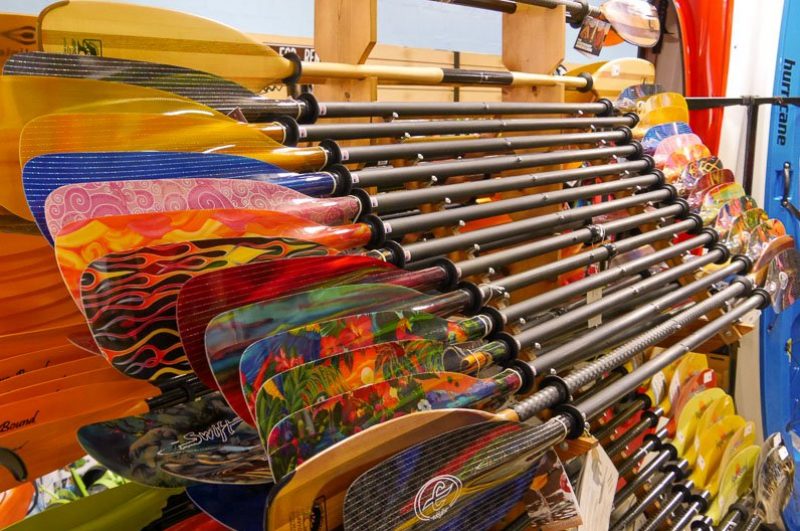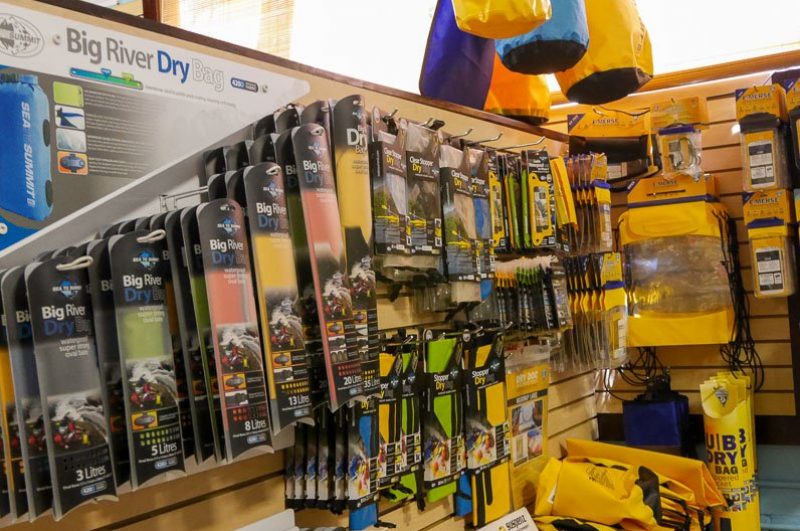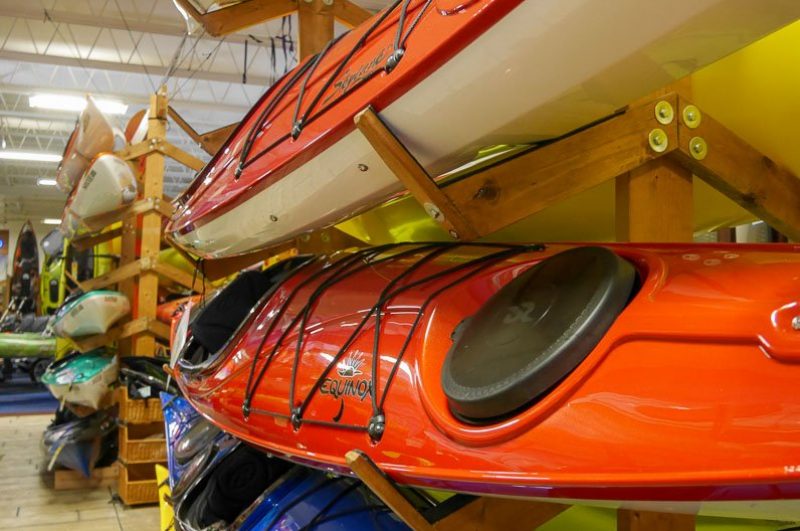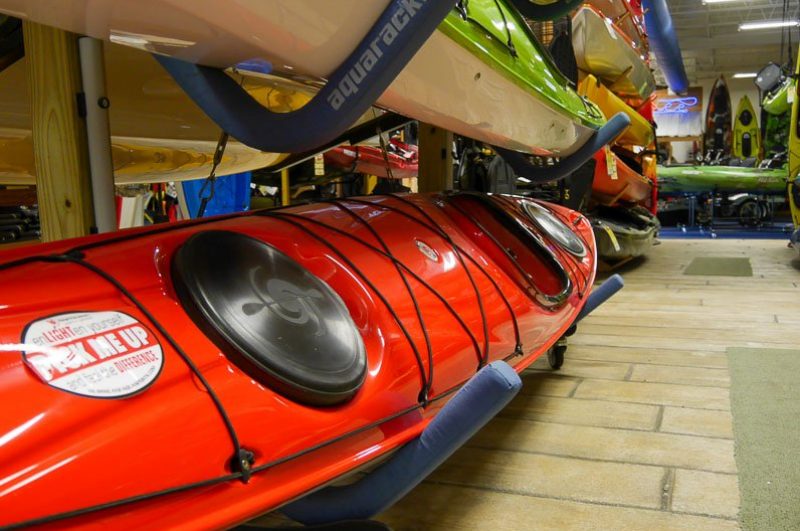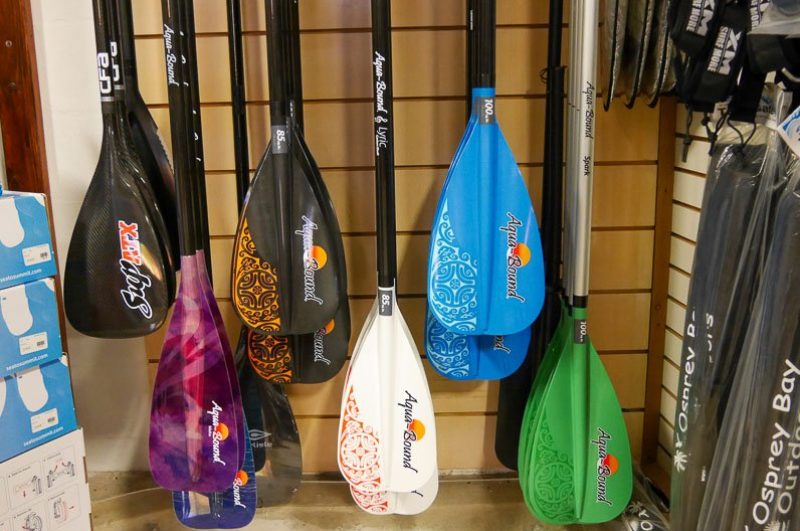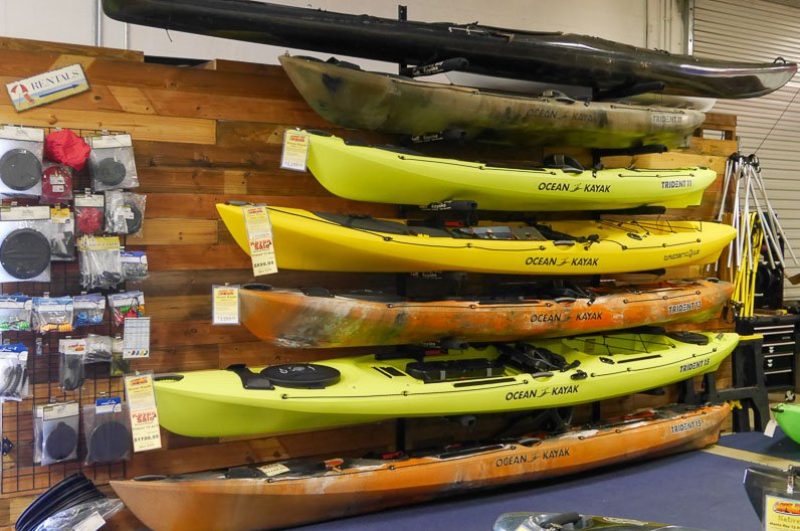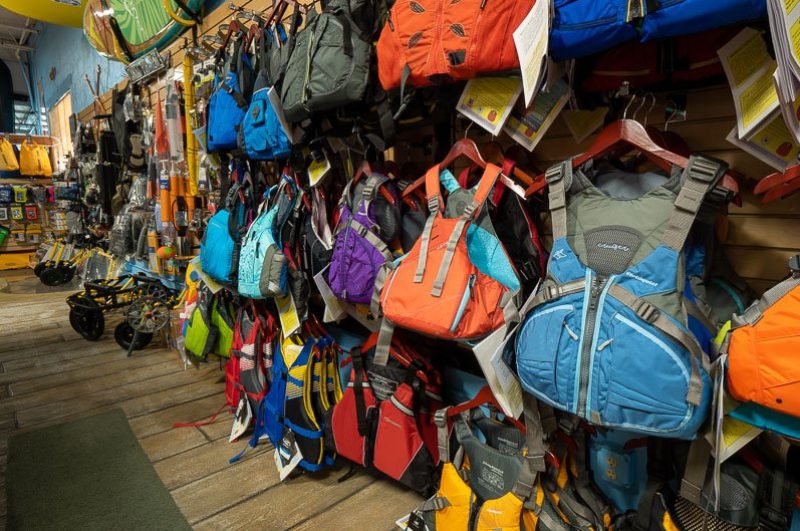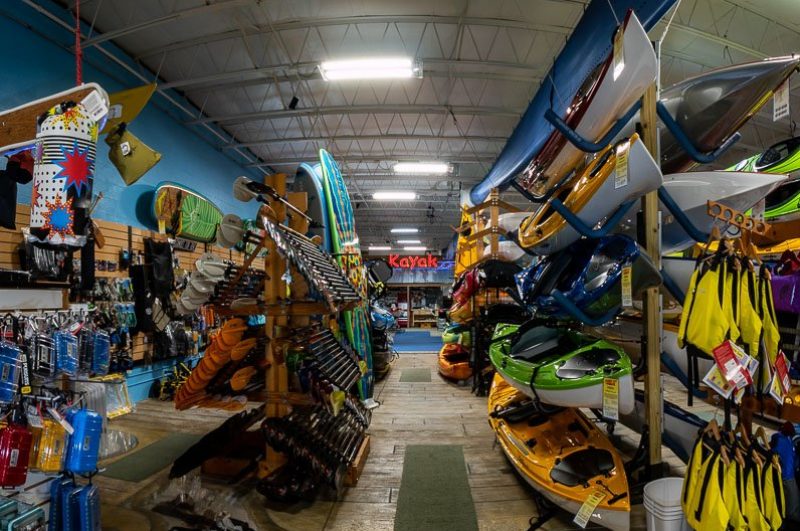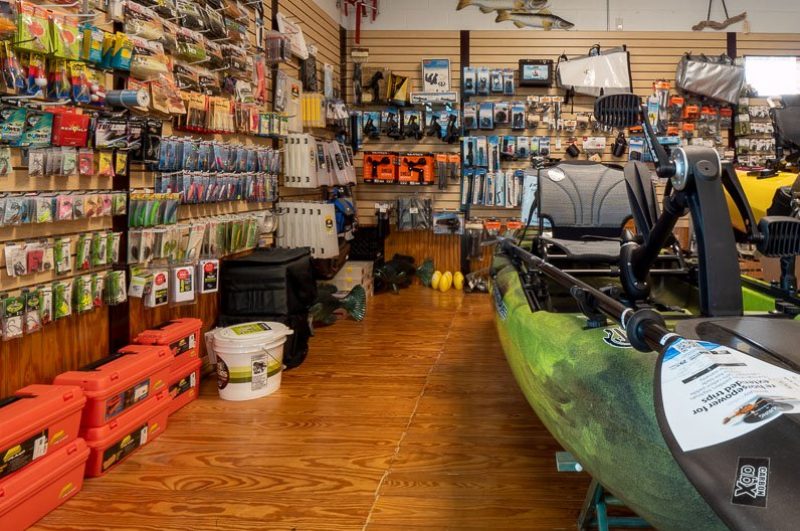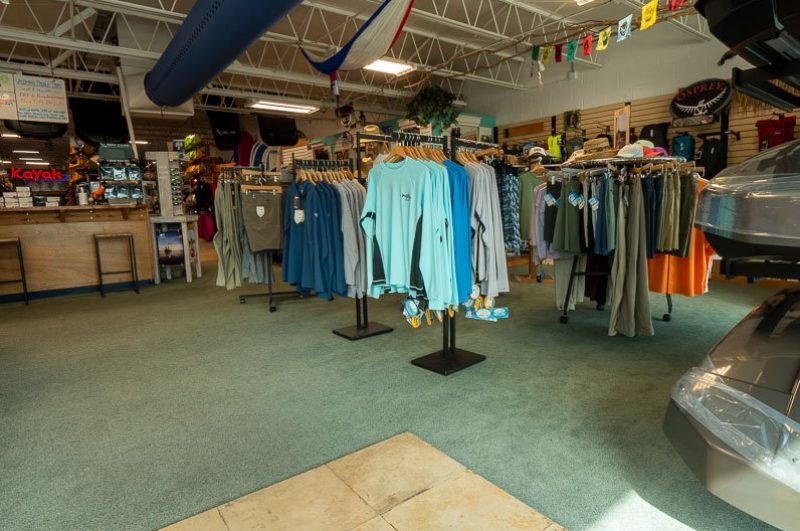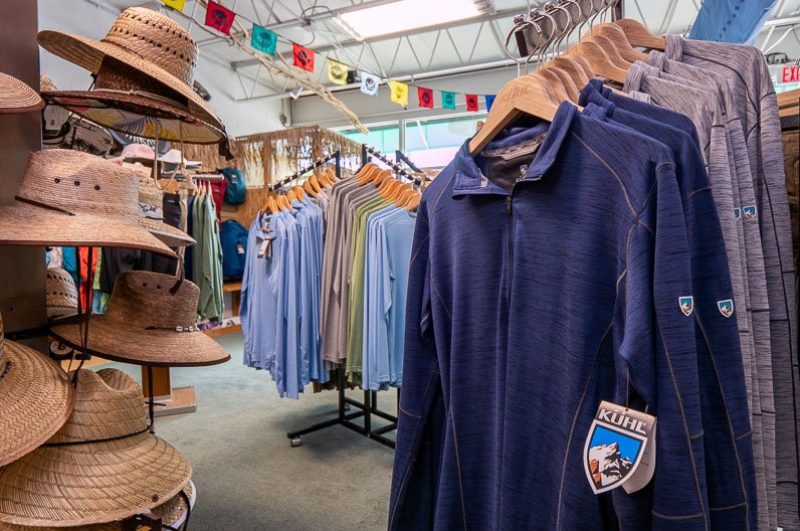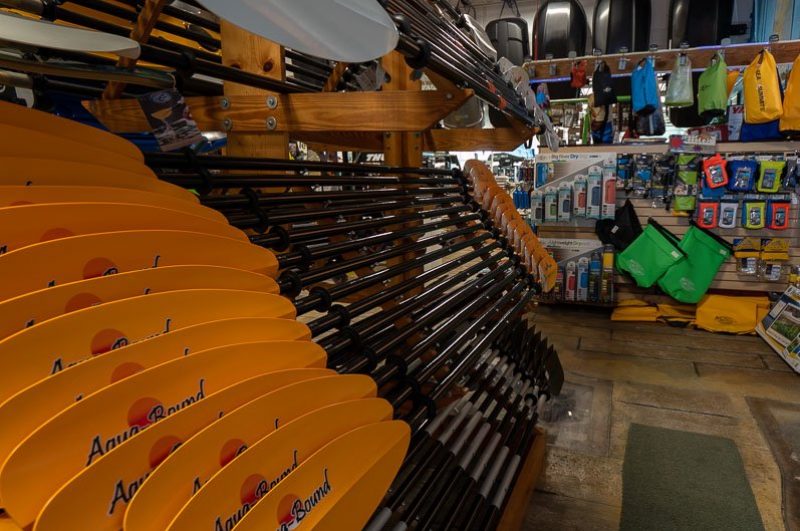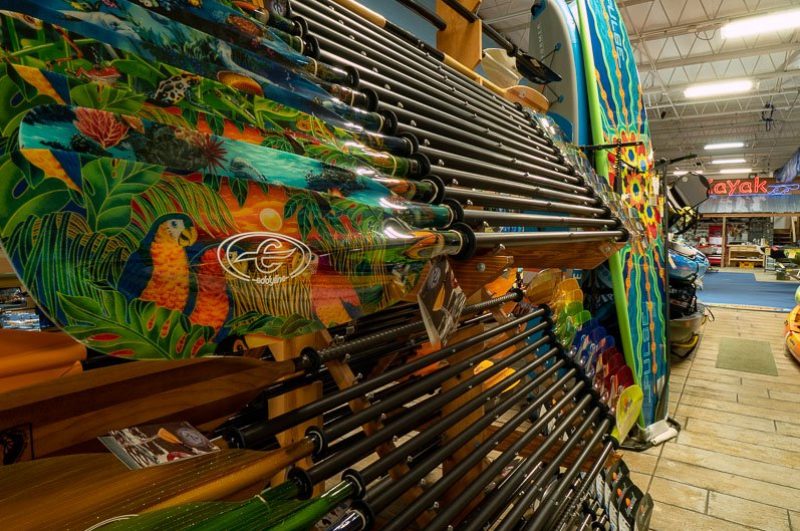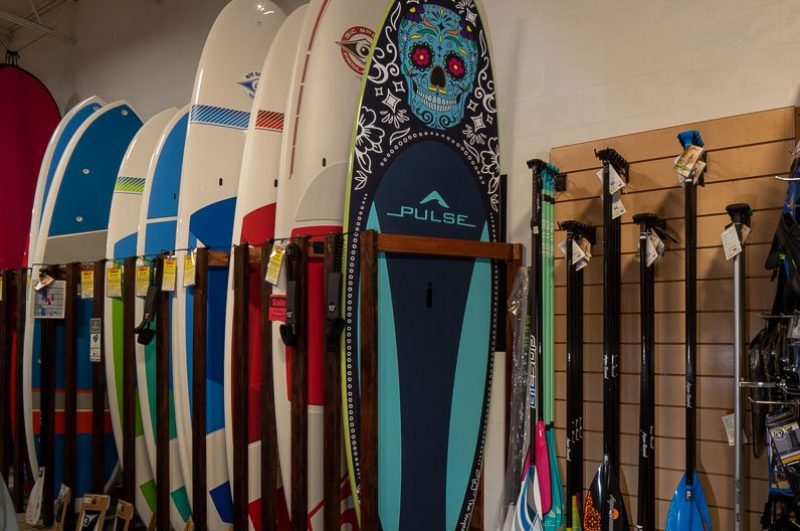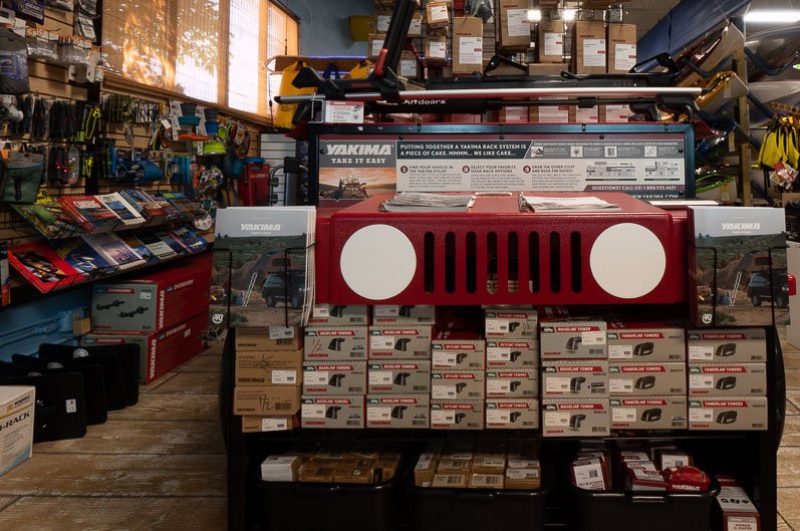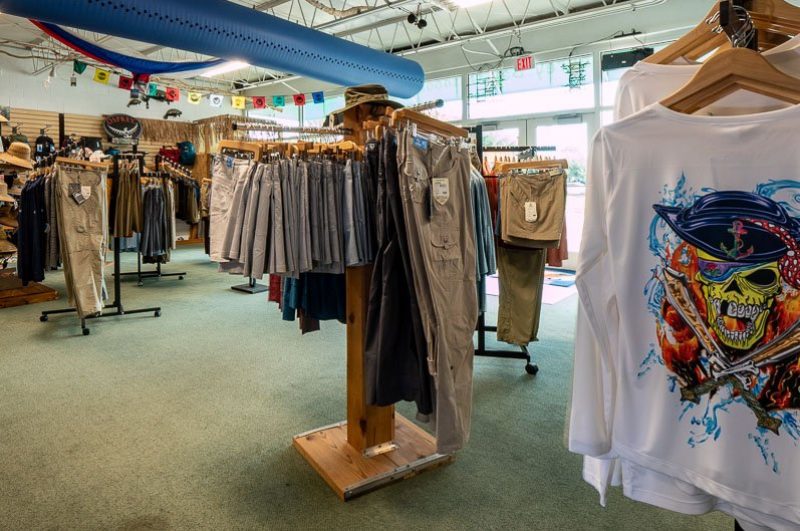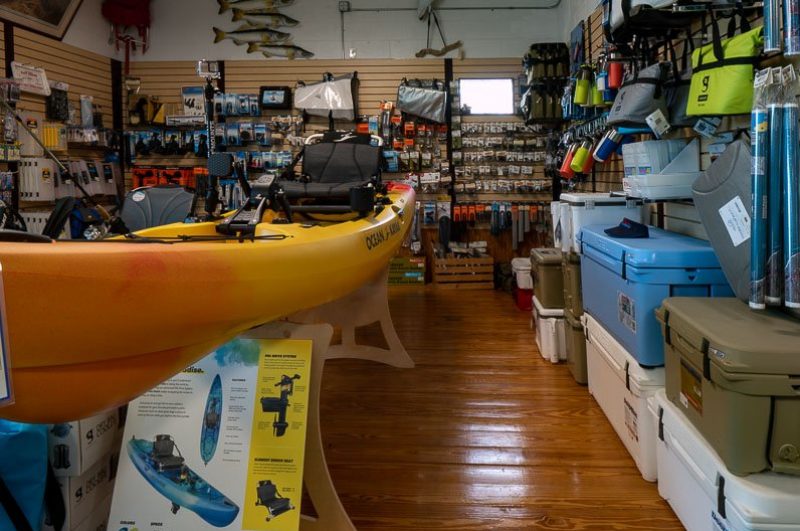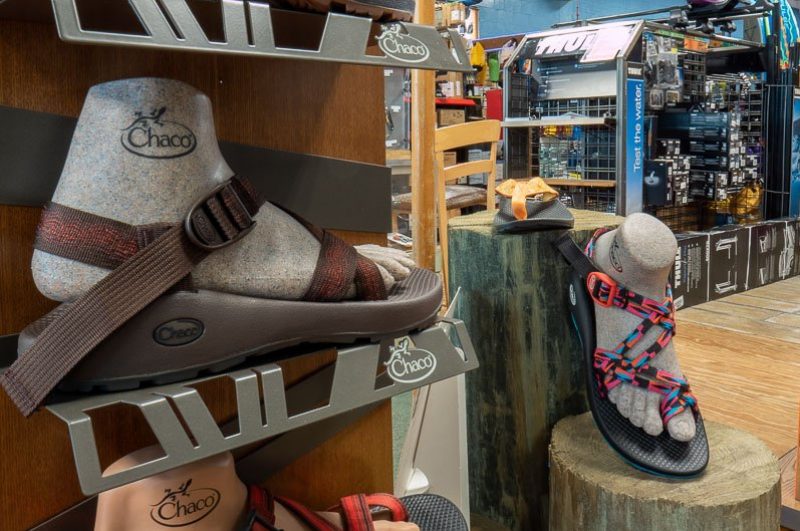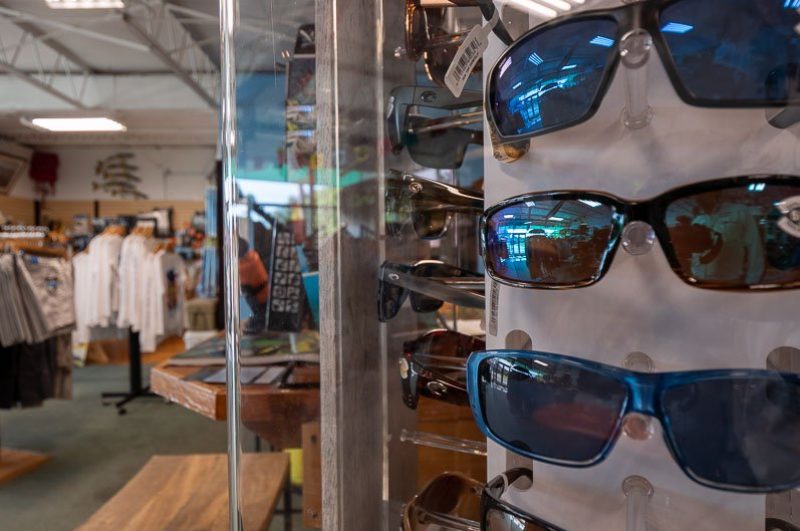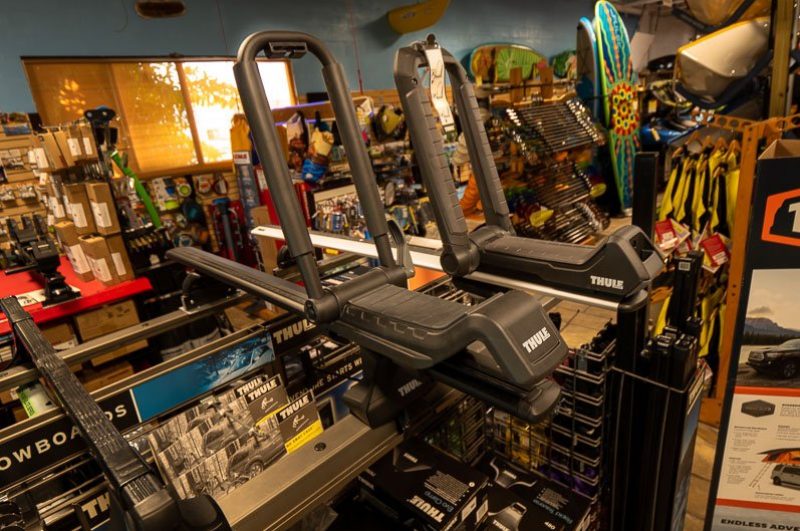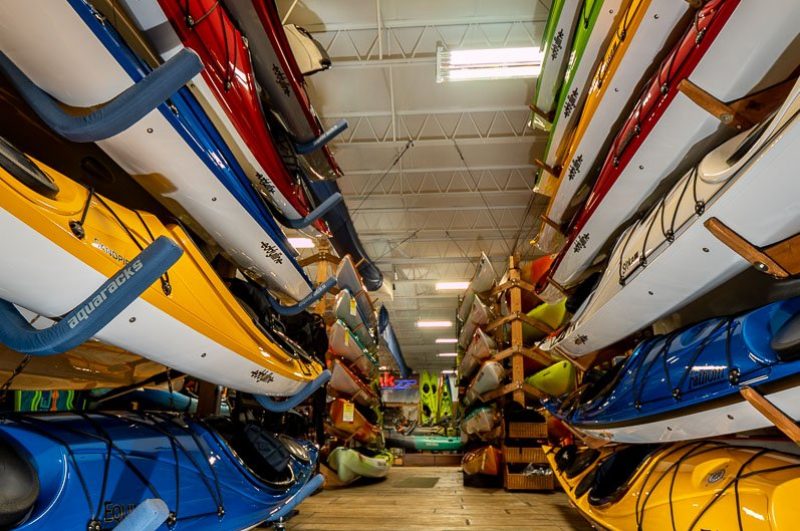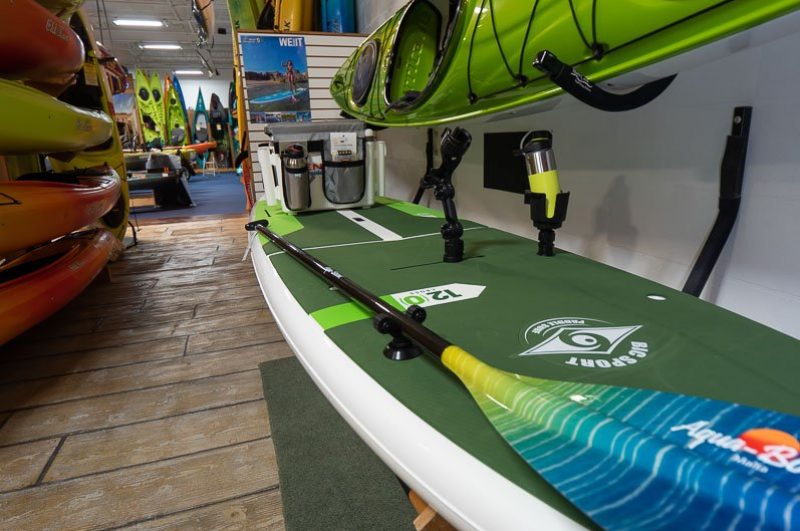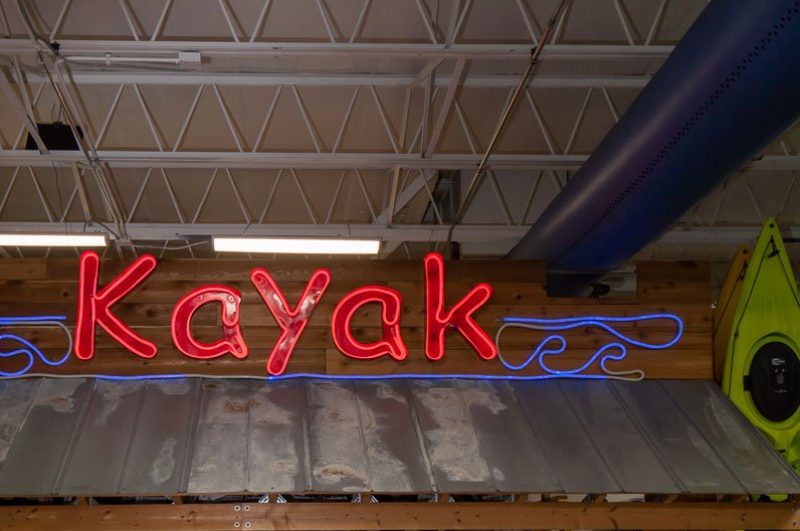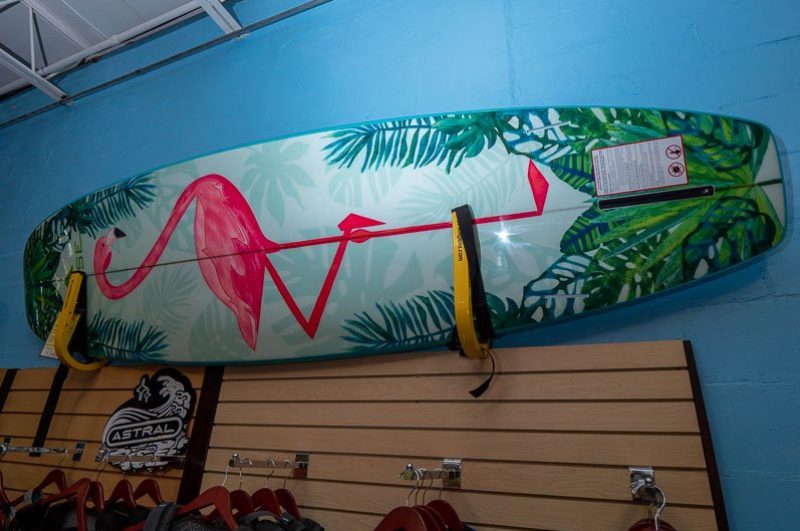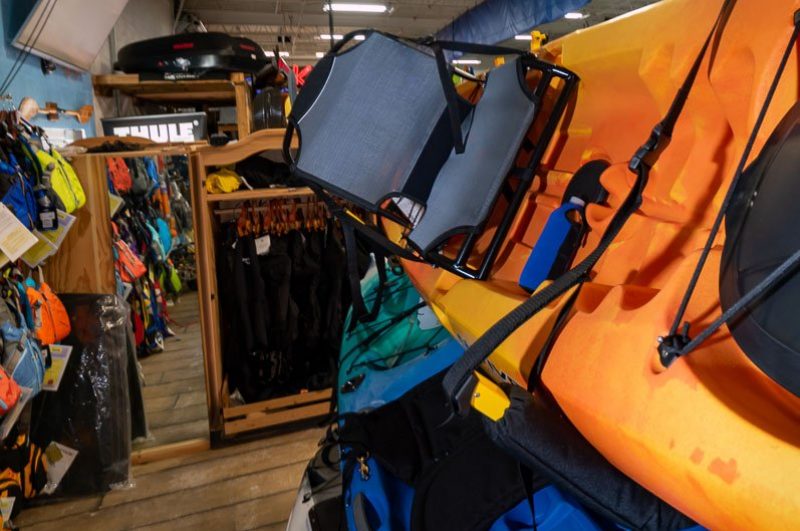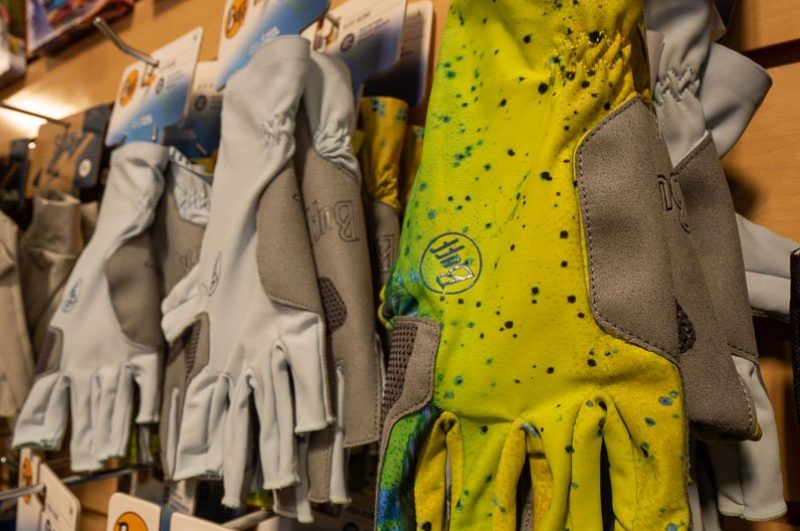But Hurricane is different. Hurricane began back in 1998 when a group of kayaking veterans decided it was time to put the paddler back on the proverbial pedestal and the fun back into kayaking. So when you look at a Hurricane kayak, you can be sure that every detail was designed to give the paddler a superior experience on the water.

Hurricane Kayaks
Kayak Models
Osprey Bay Outdoors a Hurricane Kayaks Dealer
Osprey Bay Outdoors has been a Hurricane Kayaks Dealer Selling and servicing the lightweight thermoformed kayaks for more than 15 years.
The Company Line
You are the reason why for lightweight Trylon, why they thermo-form boats, why they developed the Airestream fully adjustable seat and why they give you a range of options like expanded cockpits and rudder packages. We understand that when you slide your Hurricane kayak into the water, you’re not thinking about shareholders and market penetration. You’re thinking about paddling, and Hurricanes mission is to make sure you have a great time. That, folks, is the company line.
Hurricane gives you a lot of choices. Offering super-stable recreational kayaks, lightweight touring boats, and smile-inducing sit-on-tops, and all of these kayaks have one thing in common. They are designed to make sure your time on the water is the time of your life. If it’s not, call us. Seriously, we’ll talk. With more than a century’s worth of kayaking experience under our roof, we can find a way to make you happy. That’s why Osprey Bay Outdoors is proud to be a Hurricane Kayaks Dealer.
FAQs
How do Hurricane kayaks hold up compared to roto-molded?
As long as you stick to flatwater (NO whitewater) your Hurricane will be as durable as a roto-molded kayak. Trylon ABS plastic is not as impact resistant as polyethylene, but is more abrasion resistant, resists fading in sunlight, and (best of all) won’t oil can on your car rack and warp like polyethylene boats can.
How hard is it to repair Trylon?
It’s not hard at all! There are many plastic welding adhesives that bond with Trylon for spot repairs, but we recommend the Devcon brand of waterproof bonds. You can use them around bulkheads and cockpit coamings in lieu of caulking or use the adhesive with pieces of ABS plastic for structural repairs. Always remember to drill out the terminal ends of any cracks before patching.
Are there cockpit covers and spray skirts for your kayaks?
Hurricane dealers offer a full range of spray skirts and cockpit covers from various brands that will work well on your Hurricane model. If you are unsure of the cockpit size of your boat, you can visit our web site at www.hurricaneaquasports.com to view the specification on the model and sizing of the cockpit.
I love the wonderful shine my Hurricane has and want to maintain it. What should I do?
That shine is due to an acrylic coating on the exterior of your boat, and the plastic will usually wipe clean with a light solution of streak free dish soap and water. For deeper cleaning, try Novus Polish with a soft cloth on the exterior of the boat. Don’t use solvent based cleaners like acetone, as they will soften Trylon and dull the acrylic finish, but denatured alcohol can be used to remove scuff marks. Use 303 Protectant to protect your deck, hull, hatch covers, and the interior of sit-insides from UV rays. Use a cockpit cover to protect seat fabrics and the interior of sit-insides from UV rays.
My Santee 116 is faster than my husband’s 14-foot poly kayak. Why?
First of all, your Hurricane is a lot lighter, and that means you’re pulling less weight on each and every stroke. Second, the Santee 116 and 126 have superior glide due to a Swede-form hull design. While the 116 has 28-inches of beam just behind the hips for stability, it narrows dramatically as the hull stretches forward past the knee area which significantly reduces drag. In addition, Trylon is more slippery than polyethylene, so have sympathy for the poor guy and offer to carry the snacks.
Why is the bulkhead hatch so small on my Santee 116 and 126?
The 5 1/2 bow hatch mounted on the bulkhead was actually designed as an air exchange to keep the pressure equalized in your front bulkhead, and the bow bulkhead with the mounted hatch is mainly designed as a safety feature to provide bow flotation. Safety is our number one priority, and this is the reason that Hurricane has sealed hatches and bulkheads. While you can put a few items in the hatch on a tether, it’s best not to overweight the front as it will make the boat plow. You’ll find there’s plenty of storage in the rear hatch and under the deck rigging for day tripping.
How should I store my Hurricane off-season?
Off season? What’s that? Well, if you must put your kayak up for awhile, keep it off the ground and on its side on foam pads or put it upside down on a paddled rack. Do NOT hang it from the grab handles. Also, if you need to secure your kayak while in storage, tie it loosely and do NOT use truck bed ratchet straps. Trylon is tough, but too much pressure over a long period of time (especially in changing temps) can damage your kayak. Additionally, a cockpit cover is recommended to keep critters from nesting in your kayak . . . unless of course you like the feeling of something crawling up your leg as you paddle into the sunset:)
What is the “Vent Hole”?
Don’t be concerned by the vent hole in your Skimmer series kayak. The hole in the rivet behind the seat is included so our Skimmer sit-on-tops can breathe. You see, our Skimmers are designed to be as water tight as possible, but this means they tend to be air tight too, which can cause problems when they are exposed to extremes in temperature. While your Skimmer will probably never experience temperature extremes after purchase, our boats are occasionally exposed to intense temperature changes during shipping. In response, we take this extra step to assure that our kayaks arrive on the showroom floor as beautiful as the day they were born.
Once your Skimmer comes home, you can plug the hole to minimize potential water seepage, especially if you paddle in rough conditions from time to time. If you choose not to plug the hole, that’s fine too, as the hole itself is rarely exposed to water. If you don’t plug the vent hole and your Skimmer capsizes, water will slowly weep into the hole while the boat is upside down, but this shouldn’t be an issue unless the boat stays upside down for an extended period of time. News Flash:All sit-on-top kayaks take on water during use (that’s why they have drain plugs), but it’s probably not a good idea to play capsize with your Skimmer unless you plug that hole first.
If you decide to plug the vent hole, we recommend using Gorilla Glue to fill the void. You can also plug the hole with a waterproof silicone, but the silicone might eventually need replacement.
Happy Paddling!
The HK Team
Kayak Manufactures
